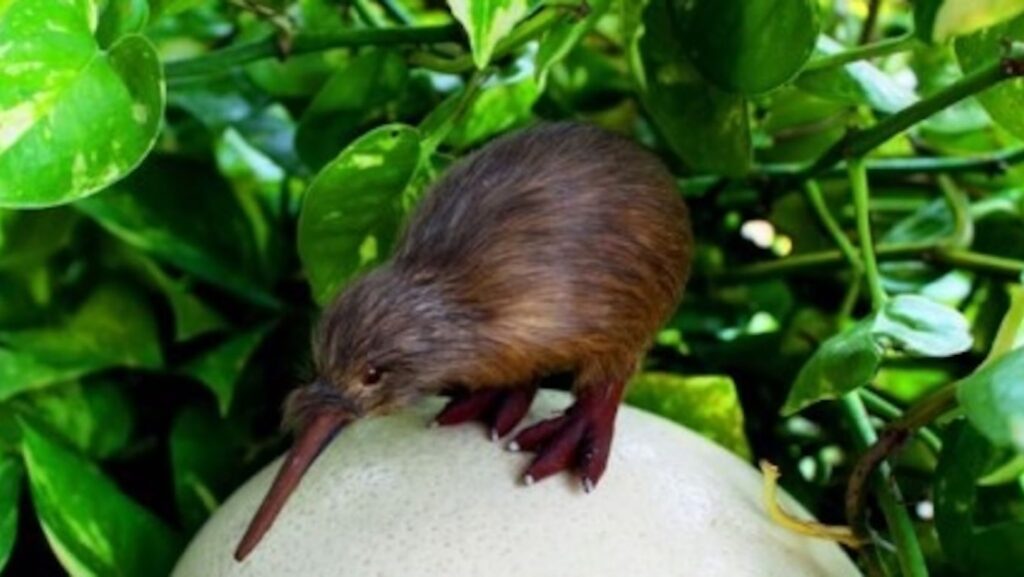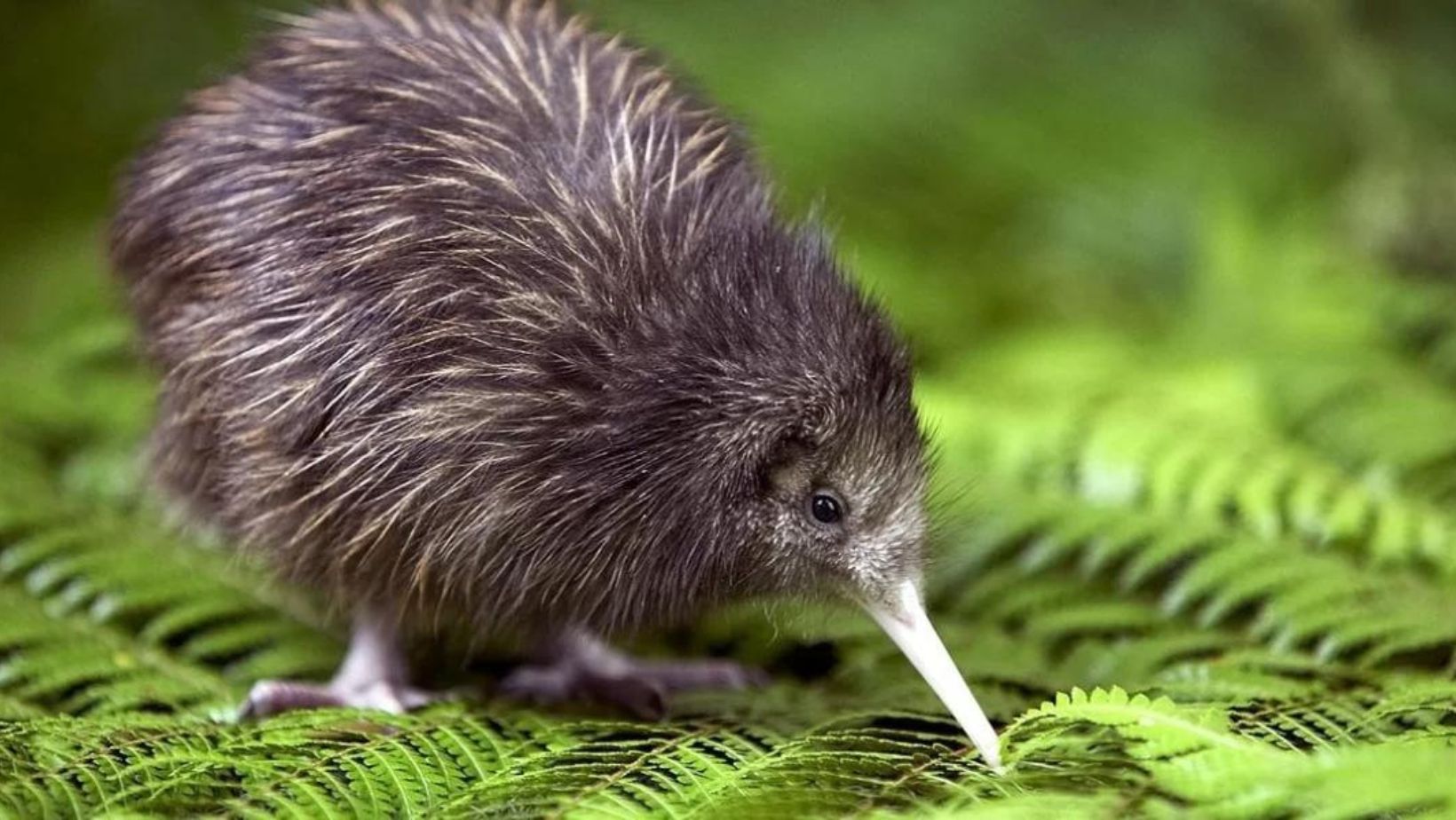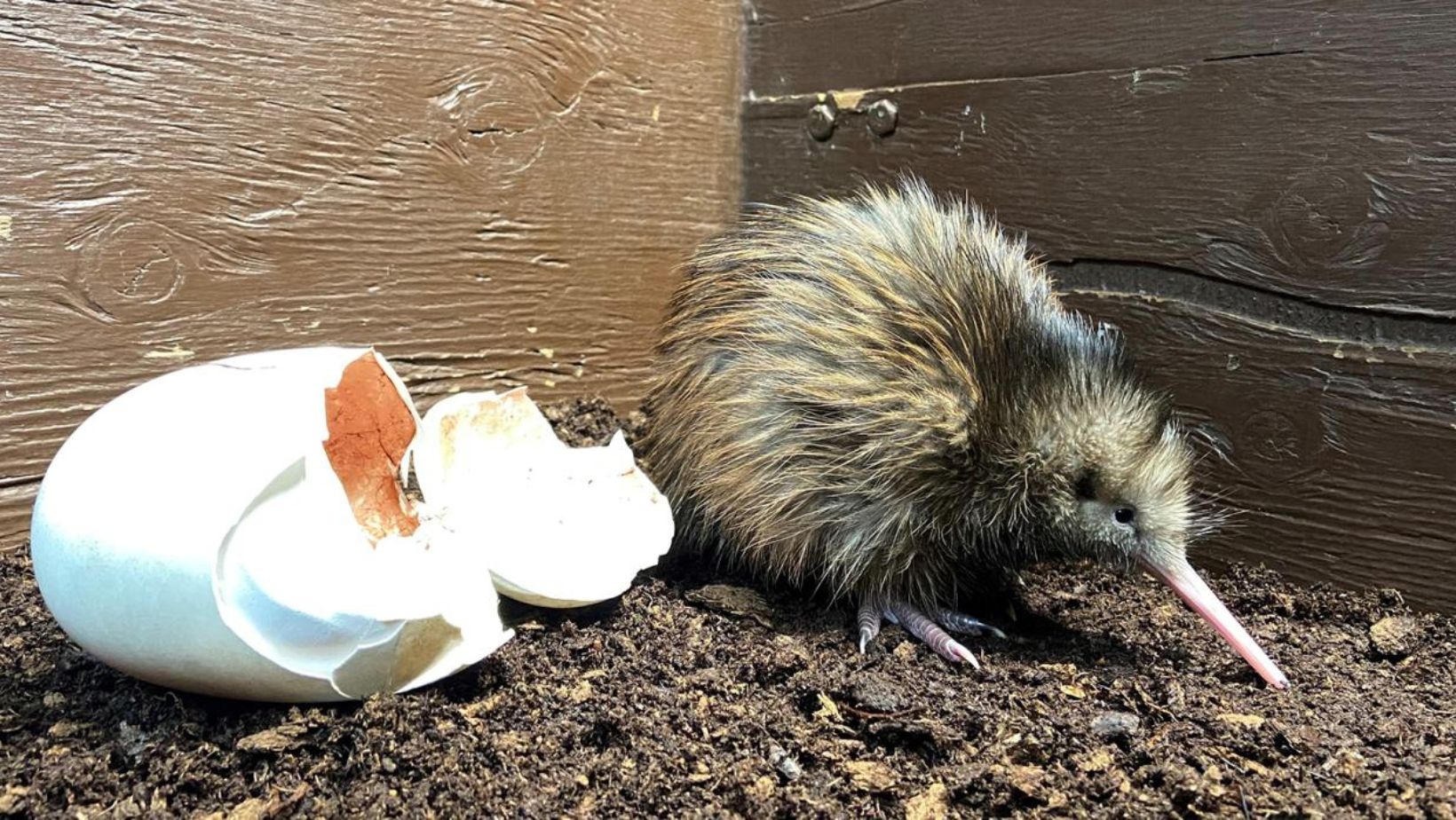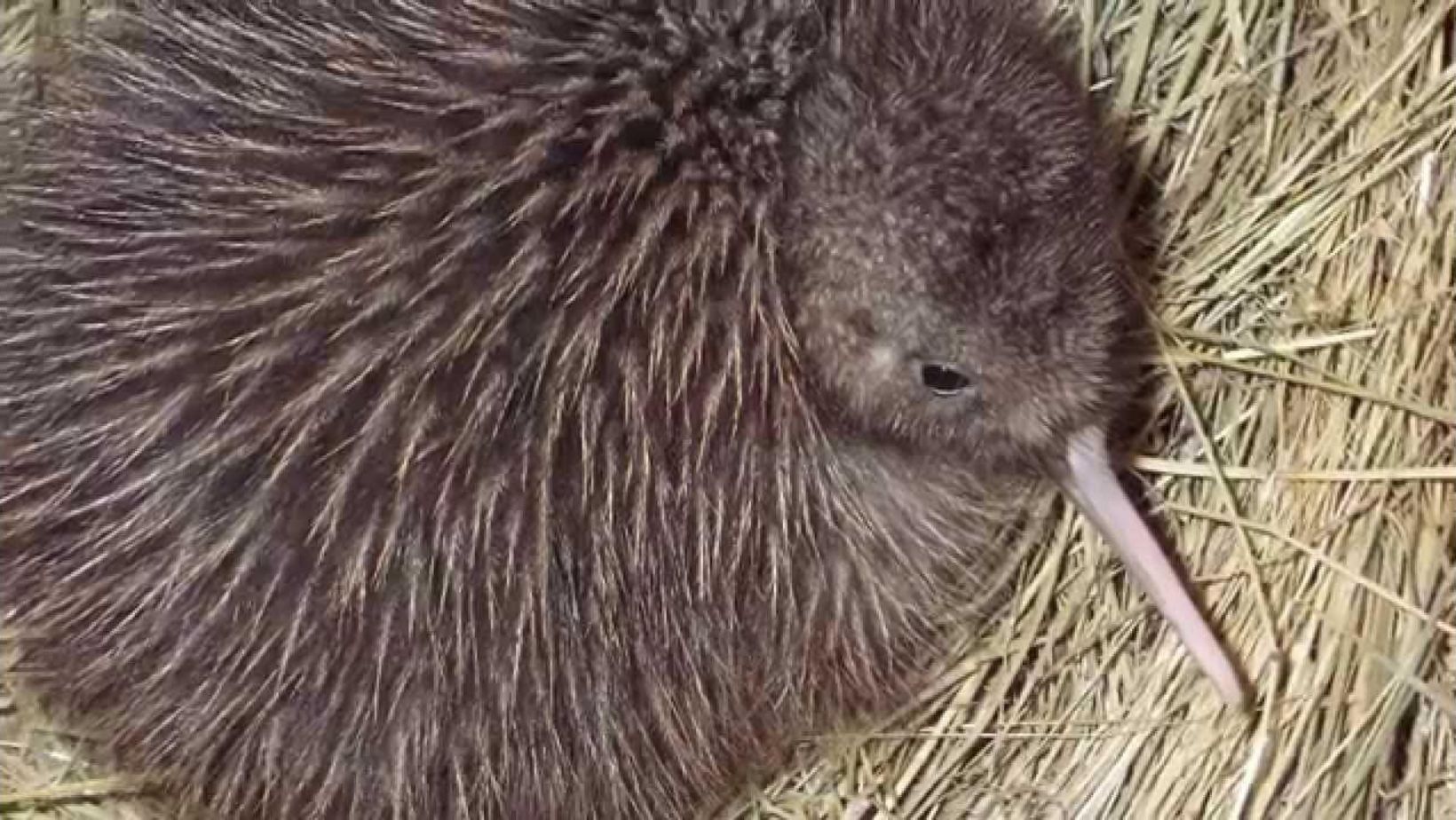
Animal:qhhyatzoi_8= Kiwis
 In the lush, dense forests of New Zealand, a curious creature scurries through the undergrowth, capturing the imagination of all who encounter it. The kiwi bird, with its distinctive long beak and fuzzy brown feathers, stands as a national symbol and an intriguing subject of study. Unlike any other bird, kiwis are flightless and nocturnal, making them a unique member of the avian world.
In the lush, dense forests of New Zealand, a curious creature scurries through the undergrowth, capturing the imagination of all who encounter it. The kiwi bird, with its distinctive long beak and fuzzy brown feathers, stands as a national symbol and an intriguing subject of study. Unlike any other bird, kiwis are flightless and nocturnal, making them a unique member of the avian world.
These endearing creatures possess a charm that’s hard to resist, yet they face significant challenges in the wild. Habitat loss and predation have led to a decline in their numbers, sparking conservation efforts across the globe. Understanding the kiwi’s lifestyle and habits is crucial for their survival and offers fascinating insights into evolution and adaptation. As we delve deeper into the world of kiwis, we uncover the remarkable traits that make them one of nature’s most extraordinary birds.
Understanding Animal Kiwis
Animal kiwis, recognized for their adaptive traits, exhibit several remarkable features. Their long, slender beaks contain sensory pits known as “vibrissae,” enabling efficient detection of prey like worms and insects in the soil. As nocturnal creatures, kiwis possess a highly developed sense of smell, one of the few birds to do so.
Size variations exist among different species of kiwis. For instance, the Little Spotted Kiwi is the smallest, typically weighing about 2.5 pounds, while the Great Spotted Kiwi can weigh up to 7 pounds. Both species have vestigial wings hidden beneath coarse plumage, as they lost their ability to fly due to the absence of natural predators in New Zealand.
Reproductive adaptations include laying eggs significantly large for their body size. Kiwi eggs can be up to 20% of the female’s body weight, providing better nutrition for the developing chick. This unique reproductive strategy contributes to their survival in predator-scarce yet challenging environments.
Kiwis communicate through a series of grunts, snorts, and whistles, essential for territory establishment and mating. Habitat-wise, they thrive in diverse environments such as subtropical and temperate forests, with nests typically built in burrows or hollow logs to protect against environmental threats.
The Unique Characteristics of Kiwis
Kiwis, small flightless birds, exhibit a range of distinctive traits that set them apart from other avian species. These characteristics contribute to their survival and ecological role in New Zealand.
Physical Appearance
Kiwis possess a unique morphology, characterized by their long, slender beaks and soft, hair-like feathers. Their beaks, equipped with sensory pits, are specialized for detecting prey underground. Unlike typical birds, kiwis have small eyes and rely heavily on their strong sense of smell and hearing for navigation and foraging. Their vestigial wings, hidden beneath their plumage, illustrate adaptation to a ground-dwelling lifestyle, with muscular legs allowing efficient movement through dense vegetation.
Habitat and Range
Primarily occupying New Zealand’s forests, kiwis adapt to diverse environments, including subalpine regions and coastal scrublands. They inhabit areas where dense undergrowth offers protection and abundant food sources. By constructing nests in burrows or utilizing natural shelters like hollow logs, kiwis shield themselves from harsh weather conditions and predators. Despite shrinking habitats due to human expansion, kiwis remain a symbol of resilience in their native ecosystems.
Behavior and Lifestyle
Kiwi birds exhibit fascinating behaviors and a distinctive lifestyle. As nocturnal creatures, they have adapted uniquely to their environment.
Kiwis are predominantly active at night. During daylight hours, they retreat to burrows or shelters, becoming active after dusk. Limited light doesn’t hinder them due to their keen sense of smell and acute hearing, compensating for their small eyes. These adaptations support their nocturnal activities, enabling them to navigate and forage effectively.
Kiwis primarily eat invertebrates like earthworms and insects. Their long, sensitive beaks and specialized sensory pits allow them to detect movement underground. Kiwis also consume fruits and seeds, depending on availability. This diverse diet aids in sustaining energy levels and supports their survival across varied habitats.
Kiwi breeding often occurs between June and March. During this period, kiwis establish monogamous pair bonds that can last several breeding seasons. The male entices the female by calling and may guard the territory. Once paired, they mate frequently, facilitating successful reproduction even with environmental constraints.














